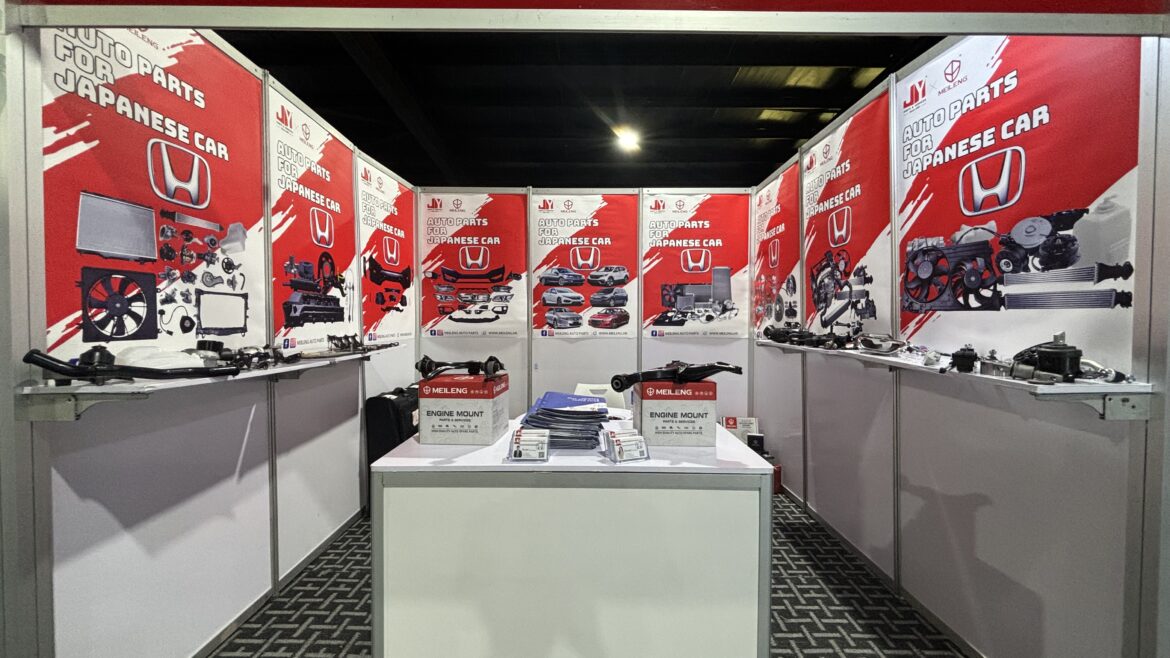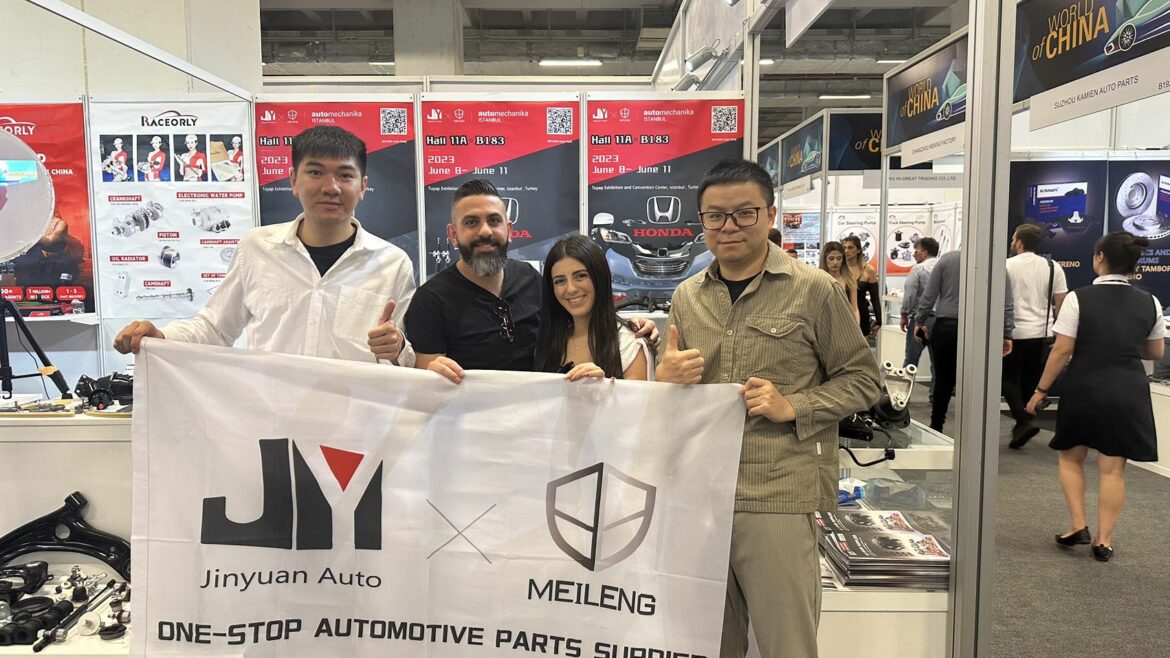In the routine maintenance and repair of vehicles, different parts may need to be replaced or repaired due to various issues and conditions. Below is an introduction to the main categories of automotive parts and the situations in which they are used, with a focus on parts supplied by the MEILENG brand, a leading China supplier and Chinese manufacturer of auto parts for Honda and Toyota vehicles.
MEILENG: Comprehensive Supplier of Honda and Toyota Parts
MEILENG, established 27 years ago, is a renowned China factory and Chinese manufacturer specializing in supplying aftermarket auto parts for Japanese cars, particularly Honda and Toyota. With over 30,000 types of parts in stock, MEILENG ensures quick delivery and offers a 12 to 18-month warranty on all products. As an auto parts brand OEM, MEILENG covers the entire range of automotive parts categories outlined below.
1. Engine Parts
Key Parts:
- Pistons and Piston Rings
- Cylinder Head and Head Gasket
- Crankshaft and Connecting Rods
- Camshaft and Timing Belt/Chain
- Oil Pump and Water Pump
- Turbocharger
Usage Scenarios:
- Pistons and Piston Rings: Replace when engine power decreases, fuel consumption increases, or exhaust smoke is visible.
- Cylinder Head and Head Gasket: Replace when the engine overheats or coolant enters the engine.
- Crankshaft and Connecting Rods: Replace when knocking sounds are heard or the engine runs unevenly.
- Camshaft and Timing Belt/Chain: Replace when the timing belt/chain is damaged or severely worn.
- Oil Pump and Water Pump: Replace when oil pressure is low or the cooling system fails.
- Turbocharger: Replace when engine power is insufficient or the turbo makes unusual noises.
2. Transmission System Parts
Key Parts:
- Transmission and Transmission Fluid
- Clutch and Clutch Plate
- Drive Shaft and Axle
- Differential and Gear Oil
Usage Scenarios:
- Transmission and Transmission Fluid: Check and replace when shifting is difficult or the transmission makes noise.
- Clutch and Clutch Plate: Replace when the clutch slips or operation is difficult.
- Drive Shaft and Axle: Replace when there is increased vibration or noise while driving.
- Differential and Gear Oil: Replace when there is noise from the differential or abnormal sound during turns.
3. Suspension System Parts
Key Parts:
- Shock Absorbers and Springs
- Control Arms and Ball Joints
- Stabilizer Bar and Links
- Wheel Hubs and Bearings
Usage Scenarios:
- Shock Absorbers and Springs: Replace when the vehicle feels bumpy or unstable while driving.
- Control Arms and Ball Joints: Replace when there are noises from the suspension or the wheel angles are incorrect.
- Stabilizer Bar and Links: Replace when the vehicle is unstable during turns or there are noises from the suspension.
- Wheel Hubs and Bearings: Replace when there is a humming noise while driving or uneven tire wear.
4. Brake System Parts
Key Parts:
- Brake Pads and Rotors
- Brake Calipers and Drums
- Brake Lines and Master Cylinder
- ABS Sensors and Modules
Usage Scenarios:
- Brake Pads and Rotors: Replace when there is noise during braking or the braking effect decreases.
- Brake Calipers and Drums: Replace when there is brake fluid leakage or uneven braking.
- Brake Lines and Master Cylinder: Replace when the brake pedal feels unstable or brake fluid is leaking.
- ABS Sensors and Modules: Replace when the ABS light is on or there is an issue with the braking system.
5. Electrical System Parts
Key Parts:
- Battery and Battery Cables
- Alternator and Starter Motor
- Ignition Coils and Spark Plugs
- Fuses and Relays
Usage Scenarios:
- Battery and Battery Cables: Replace when the vehicle cannot start or the battery charge is low.
- Alternator and Starter Motor: Replace when starting is difficult or the battery does not charge properly.
- Ignition Coils and Spark Plugs: Replace when the engine shakes or there is a misfire.
- Fuses and Relays: Replace when electrical devices fail or there is a circuit issue.
6. Cooling System Parts
Key Parts:
- Radiator and Radiator Fan
- Water Pump and Coolant
- Thermostat and Thermo Switch
- Coolant Reservoir and Hoses
Usage Scenarios:
- Radiator and Radiator Fan: Replace when the engine overheats or the cooling effect is poor.
- Water Pump and Coolant: Replace when coolant leaks or the engine temperature is abnormal.
- Thermostat and Thermo Switch: Replace when the engine temperature control is unstable.
- Coolant Reservoir and Hoses: Replace when coolant leaks or the hoses are aging.
7. Fuel System Parts
Key Parts:
- Fuel Pump and Fuel Filter
- Fuel Injectors and Fuel Rail
- Fuel Tank and Fuel Lines
Usage Scenarios:
- Fuel Pump and Fuel Filter: Replace when fuel supply is insufficient or the engine has difficulty starting.
- Fuel Injectors and Fuel Rail: Replace when the engine shakes or fuel injection is poor.
- Fuel Tank and Fuel Lines: Replace when there is a fuel leak or the fuel lines are aging.
8. Exhaust System Parts
Key Parts:
- Exhaust Manifold and Pipes
- Catalytic Converter and Muffler
- Oxygen Sensors and Exhaust Hangers
Usage Scenarios:
- Exhaust Manifold and Pipes: Replace when there is an exhaust leak or increased noise.
- Catalytic Converter and Muffler: Replace when emissions are not up to standard or the exhaust system is too noisy.
- Oxygen Sensors and Exhaust Hangers: Replace when the exhaust system malfunctions or hangers are loose.
9. Body and Interior Parts
Key Parts:
- Doors and Door Handles
- Lights and Mirrors
- Seats and Seat Belts
- Dashboard and Control Panels
Usage Scenarios:
- Doors and Door Handles: Replace when the door cannot open or close properly.
- Lights and Mirrors: Replace when lights do not work or mirrors are broken.
- Seats and Seat Belts: Replace when seats are damaged or seat belts do not function properly.
- Dashboard and Control Panels: Replace when dashboard displays are abnormal or control panels malfunction.
10. Air Conditioning and Heating System Parts
Key Parts:
- Compressor and Condenser
- Evaporator and Blower Motor
- Heater Core and Thermostatic Valve
- Cabin Air Filter and Refrigerant
Usage Scenarios:
- Compressor and Condenser: Replace when the air conditioning is not cooling properly or the condenser leaks.
- Evaporator and Blower Motor: Replace when the air flow is insufficient or noise increases.
- Heater Core and Thermostatic Valve: Replace when the heating effect is poor or temperature control is abnormal.
- Cabin Air Filter and Refrigerant: Replace when the cabin air filter is clogged or refrigerant is low.
11. Wheels and Tires Parts
Key Parts:
- Tires and Wheels
- Tire Pressure Sensors
- Lug Nuts and Bolts
Usage Scenarios:
- Tires and Wheels: Replace when tires are severely worn or wheels are damaged.
- Tire Pressure Sensors: Replace when tire pressure is abnormal or sensors fail.
- Lug Nuts and Bolts: Replace when nuts or bolts are loose or damaged.
Understanding these categories of automotive parts and their usage scenarios can help vehicle owners and repair professionals better perform maintenance and repairs, ensuring vehicle performance and safety. MEILENG, as a reputable China OEM auto parts supplier, offers a comprehensive range of high-quality parts for Honda and Toyota vehicles, making it an ideal choice for wholesale buyers looking for reliable and efficient solutions in the automotive aftermarket.




Leave a Reply